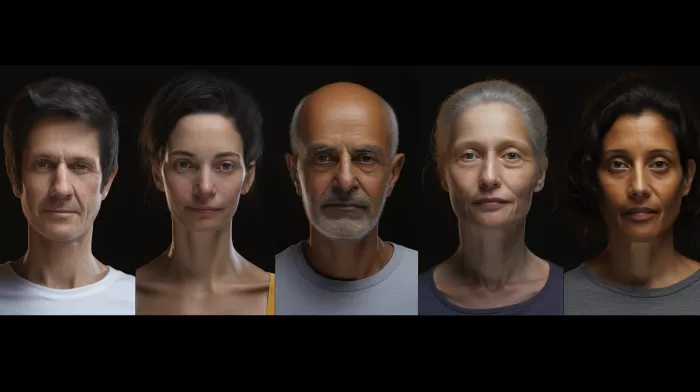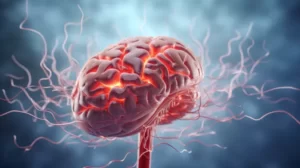Strokes may be commonly associated with older individuals, but recent research unveils that they can also impact people under 45. Out of 1,000 people aged 65 and above, between 30 to 590 are at risk of a stroke – but a striking 10 to 15 percent of stroke cases happen to individuals aged 45 and under. Alarmingly, due to their young age, the medical professionals often misdiagnose these younger stroke victims, leaving them at greater risk of experiencing the severe health consequences of an untreated stroke.
A Wayne State University-Detroit Medical Center Stroke Program study examined 57 youthful stroke sufferers, revealing that one out of every seven patients were misdiagnosed. This occurred as doctors misattributed their symptoms to other issues, such as vertigo, migraines, alcohol intoxication, seizures, or inner-ear complications. The study’s director, neurologist Dr. Seemant Chaturvedi, highlights the importance of early diagnosis and treatment within the initial four and a half hours – otherwise, after 48 to 72 hours, it becomes significantly more challenging to improve stroke outcomes with medical intervention.
Chaturvedi further emphasizes the need for thorough examinations, especially when patients display sudden symptoms. In the Detroit study, he found that young patients had a higher chance of being correctly diagnosed when they underwent an MRI and were seen by a neurologist in the emergency room. This demonstrates the importance of understanding stroke symptoms, allowing individuals to receive proper treatment promptly.
Recognizing the Symptoms
Being aware of the symptoms of a stroke, irrespective of your age, is crucial. Symptoms can include:
- Numbness or weakness of the face, arm, or leg, particularly on one side of the body
- Confusion, difficulty speaking, or understanding speech
- Trouble seeing in one or both eyes
- Problems walking, dizziness, or loss of balance or coordination
- Sudden, severe headache without an apparent cause
Chaturvedi advises patients to insist on thorough examinations and request to see a neurologist. Likewise, he urges emergency room doctors to consider the possibility of a stroke in their patients, regardless of age.
Being proactive about minimizing your risk of stroke is equally important, no matter your age. Here are some ways you can work on reducing the risk:
1. Monitor Your Blood Pressure
High blood pressure is a significant risk factor for strokes. Keeping track of your blood pressure and taking necessary steps to manage it, such as exercising regularly and maintaining a balanced diet, is critical.
2. Quit Smoking
Smoking is known to increase your risk of stroke, among other health issues. Quitting smoking can help reduce the likelihood of experiencing a stroke.
3. Manage Weight and Exercise
Obesity can lead to high blood pressure and ultimately to stroke. Regular exercise, coupled with a balanced diet, can help keep your body weight in check and lower your risk.
4. Manage Stress
Stress can contribute to high blood pressure and may indirectly lead to stroke. Engaging in relaxation techniques, like meditation or deep breathing, can help manage stress levels.
5. Get Regular Checkups
Regular checkups with your healthcare provider can help detect higher risks of stroke early on, allowing you to take preventative measures.
6. Limit Alcohol
Excessive alcohol consumption can increase your blood pressure and, in turn, raise the risk of stroke. Reducing your alcohol intake can help to lower these risks.
7. Control Diabetes
Uncontrolled diabetes can have disastrous effects on your blood vessels, heightening your risk of stroke. Properly managing your diabetes can help prevent these potentially fatal conditions.
By understanding the symptoms of a stroke and taking proactive approaches to prevent one, you can minimize your risk and ensure that if a stroke were to occur, you would receive the appropriate treatment in a timely manner.



